Donald Trump to Blame for Boeing’s $2 Billion Loss on Air Force One Planes
Boeing has encountered numerous obstacles with the new Air Force One. This high-profile project has faced both delays and financial setbacks.
The cumulative challenges facing the new Air Force One, including substantial financial losses, have drawn widespread attention and discussion, placing Boeing’s efforts in the spotlight.
Boeing's Financial Setbacks on the Air Force One
The recent quarter brought forward unsettling news for Boeing as it reported a substantial loss of $482 million on the new Air Force One project.

Source: Getty Images
These recent figures, when added to past losses, push the total setbacks to a staggering amount, exceeding $2 billion, emphasizing the project’s financial complexity.
Extended Timelines for Air Force One Delivery
The anticipated delivery of the new aircraft has faced roadblocks. Boeing announced an additional delay, extending the delivery timeline by two more years.
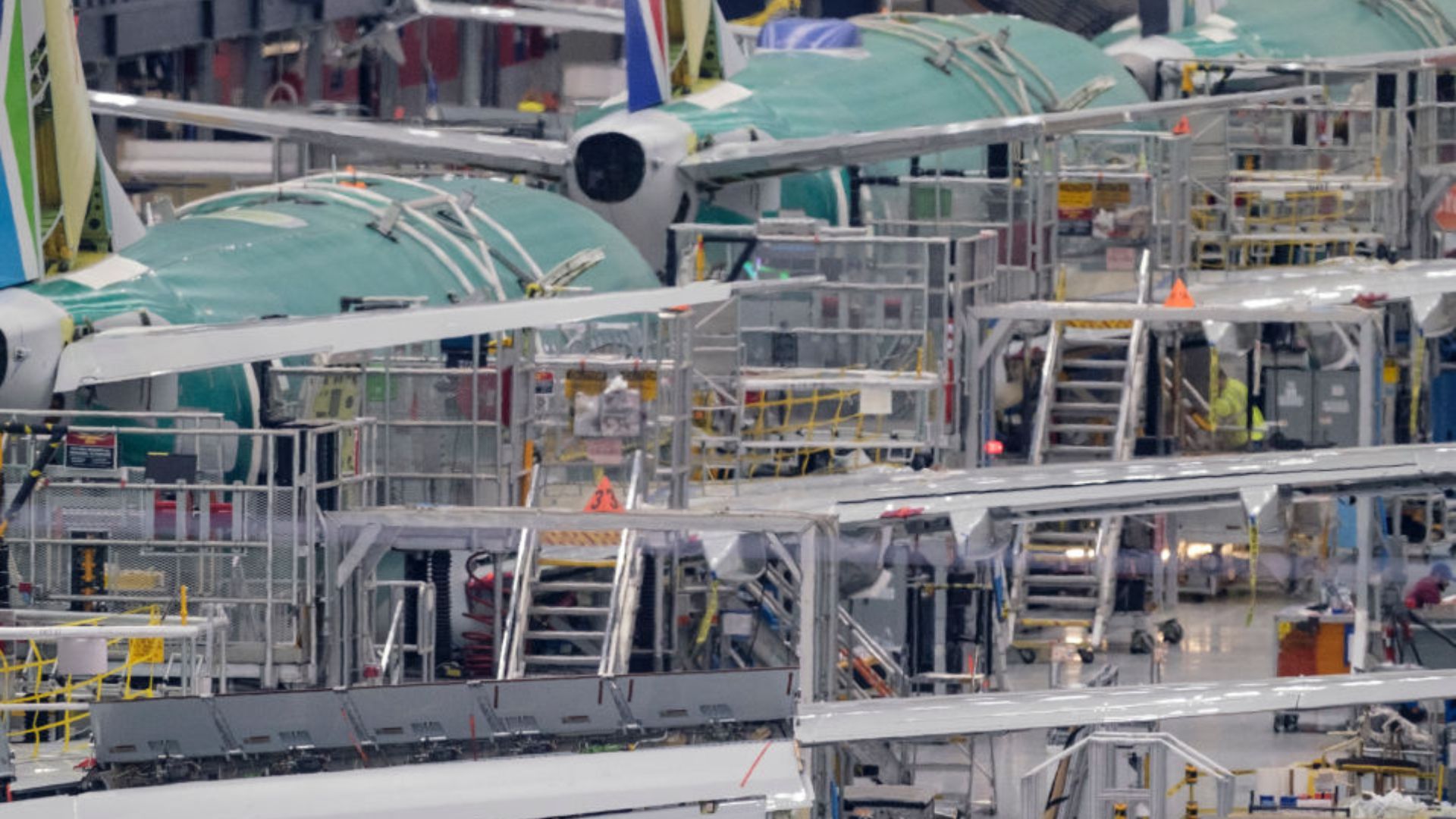
Source: Getty Images
This postponement reshapes the initial project schedule and indicates the potential challenges ahead for the aerospace company.
Factors Contributing to Boeing's Challenges
Boeing’s setbacks aren’t without reason. The company has grappled with higher-than-expected manufacturing costs, engineering changes, labor discrepancies, and prolonged negotiations with suppliers.

Source: Getty Images
Each of these elements has contributed to the overall difficulties, highlighting the intricate nature of such a vast project.
The Purpose of the New Aircraft
Boeing’s primary aim has been to provide a modern replacement for the existing 747-200B jumbo jets.
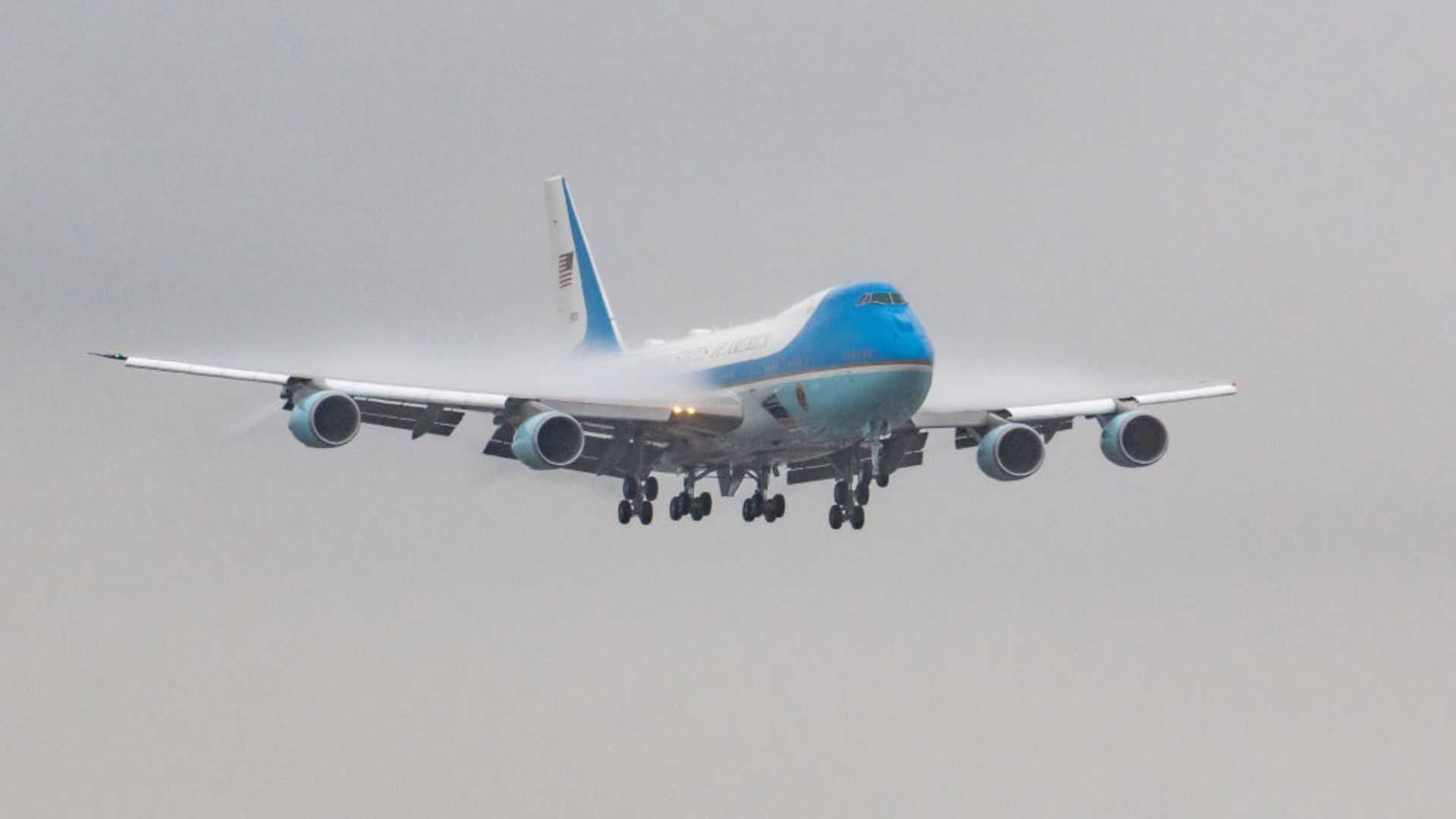
Source: Getty Images
The newly designed VC-25Bs offer increased space and superior fuel efficiency, reflecting the US Air Force’s intention to modernize the presidential transport mechanism in alignment with contemporary aviation standards.
A Glimpse into the Air Force One Project's Progress
The journey since 2018 for the Air Force One project has been layered with challenges. These encompass more than $2 billion in financial losses.
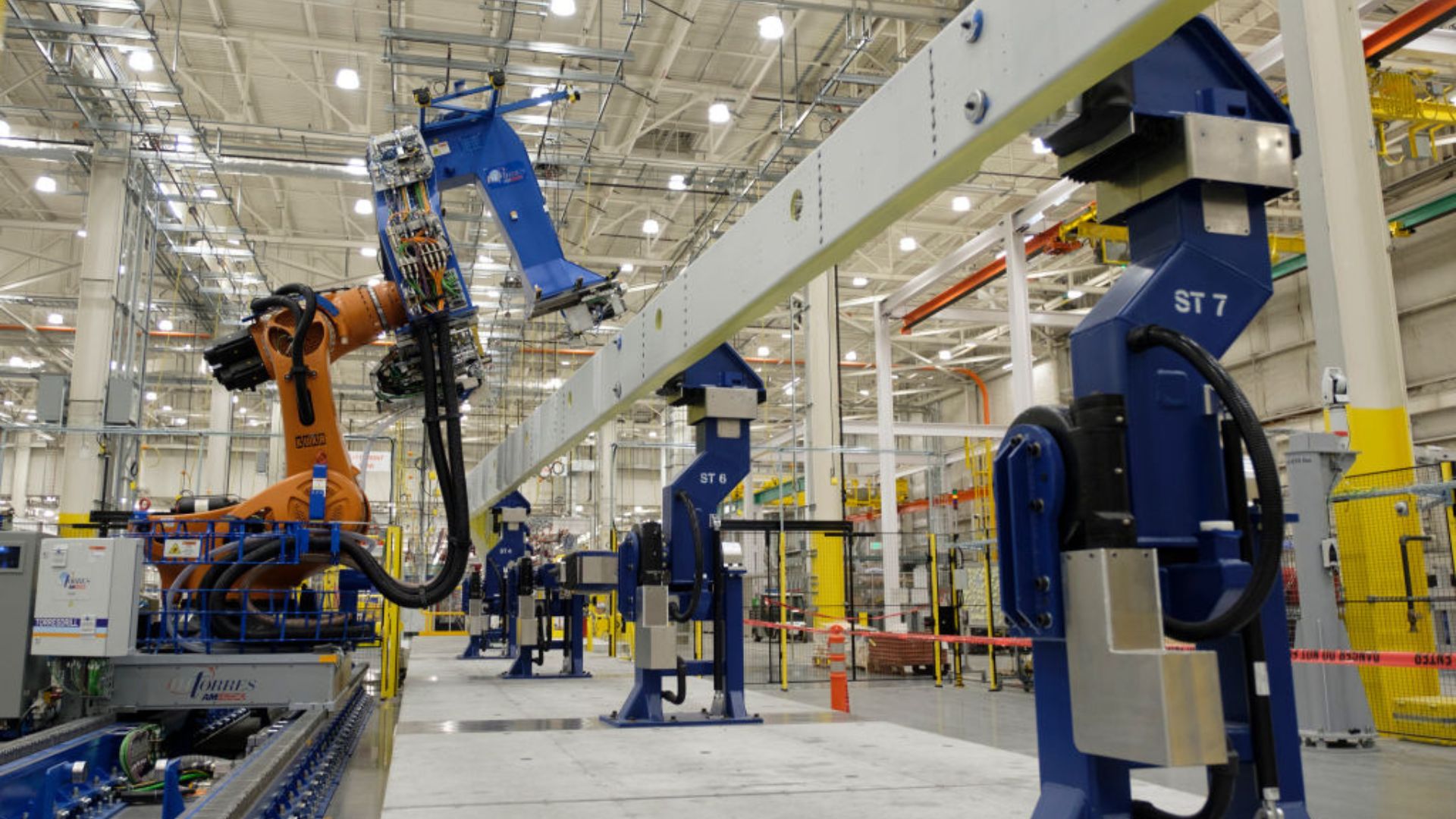
Source: Getty Images
Coupled with the announced delivery delay, the targeted completion date has now been realigned to 2026, outlining the extent of the project’s recalibrations.
Donald Trump's Involvement in Contract Negotiations
During his presidential term, Donald Trump played a hands-on role in the Boeing discussions.

Source: Getty Images
The contractual agreement that emerged during his administration made it clear: Boeing would shoulder responsibility for any cost overruns. This contract has had implications for the project’s financial trajectory.
Historical Costs of Air Force One Replacements
Looking back, the replacement costs for Air Force One during George H.W. Bush’s era stood at $660 million. Today’s inflation-adjusted figure translates to roughly $1.45 billion.
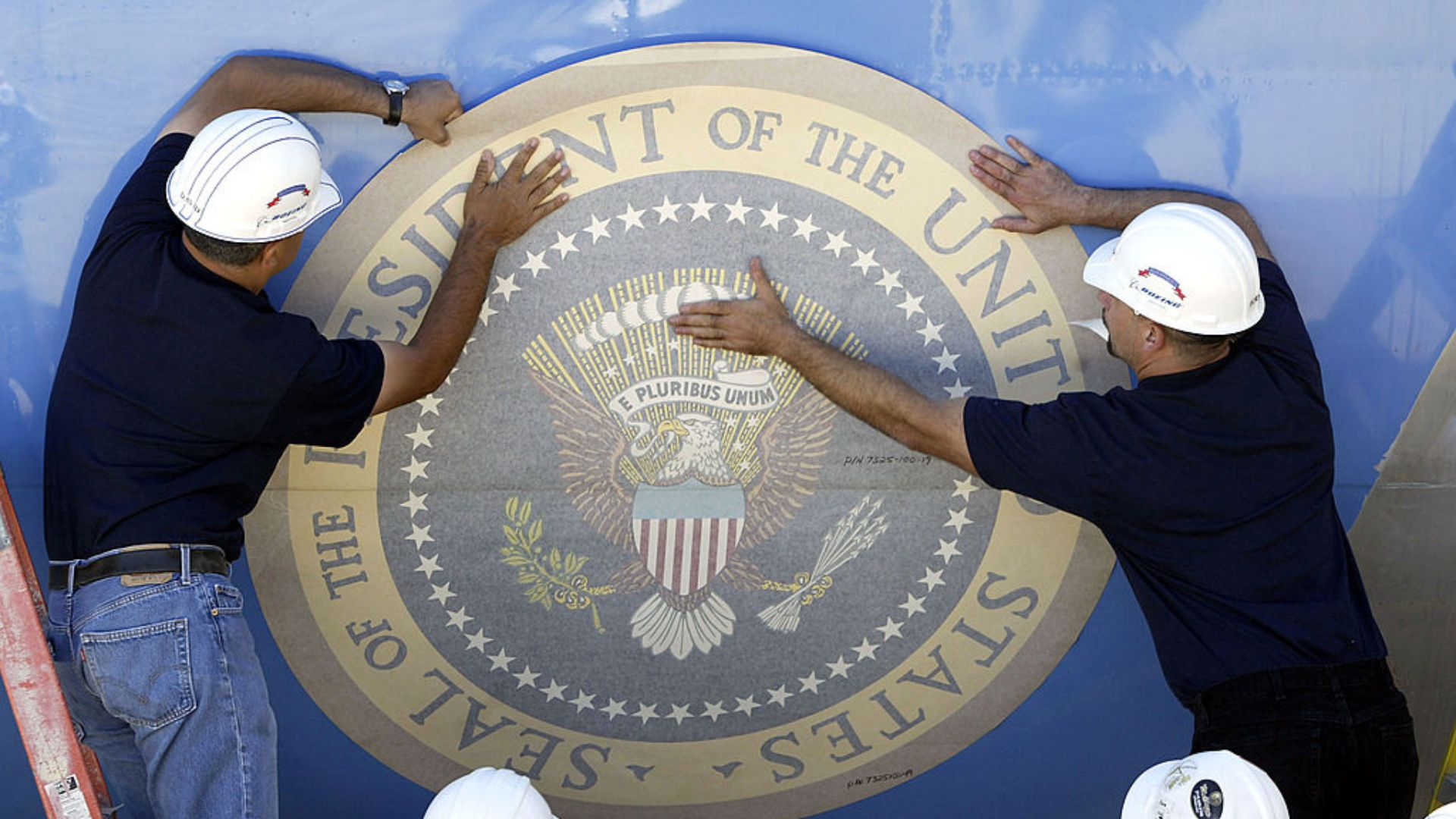
Source: Getty Images
This stark contrast with the current project’s expenditures offers insight into the escalating complexities and demands of modern aviation projects.
Boeing's CEO on the Air Force One Contract
Boeing’s CEO, Dave Calhoun, candidly addressed the challenges surrounding the Air Force One contract.

Source: Wikimedia Commons
He emphasized the distinctiveness of the project, pointing out the inherent risks that came with it. Calhoun’s acknowledgment paints a transparent picture of the intricacies Boeing faced throughout.
Boeing's Prospects in Defense and Security
While the Air Force One project poses challenges, Dave Calhoun remains optimistic about Boeing’s Defense, Space, and Security division.
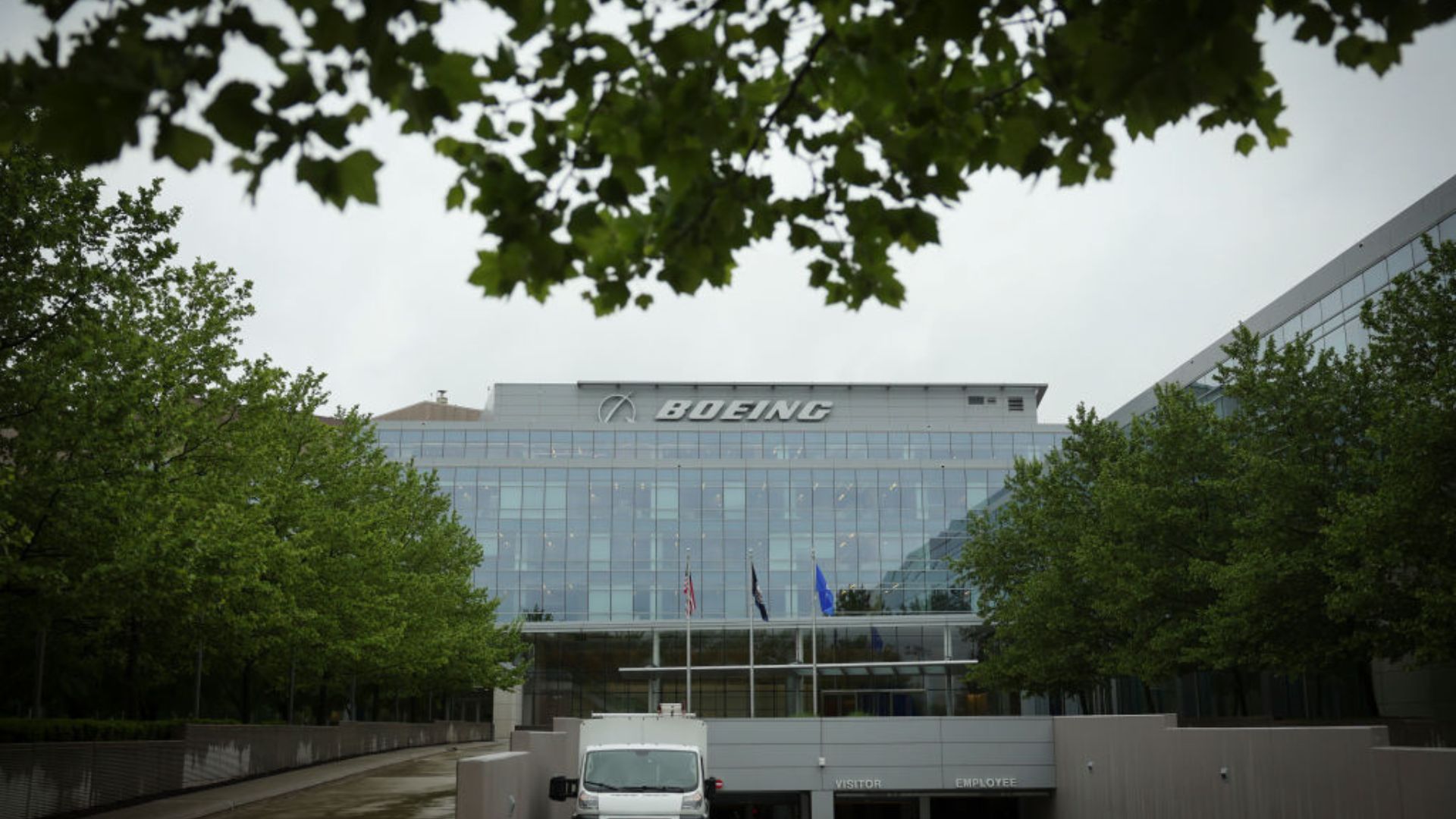
Source: Getty Images
His statements suggest a resilient outlook for the company, spotlighting growth and opportunities that lie ahead despite the project’s setbacks.
Boeing's Financial Standing
Challenges with the Air Force One project aside, there’s a silver lining for Boeing. The company’s revenue witnessed a 13% surge, reaching $18.1 billion.
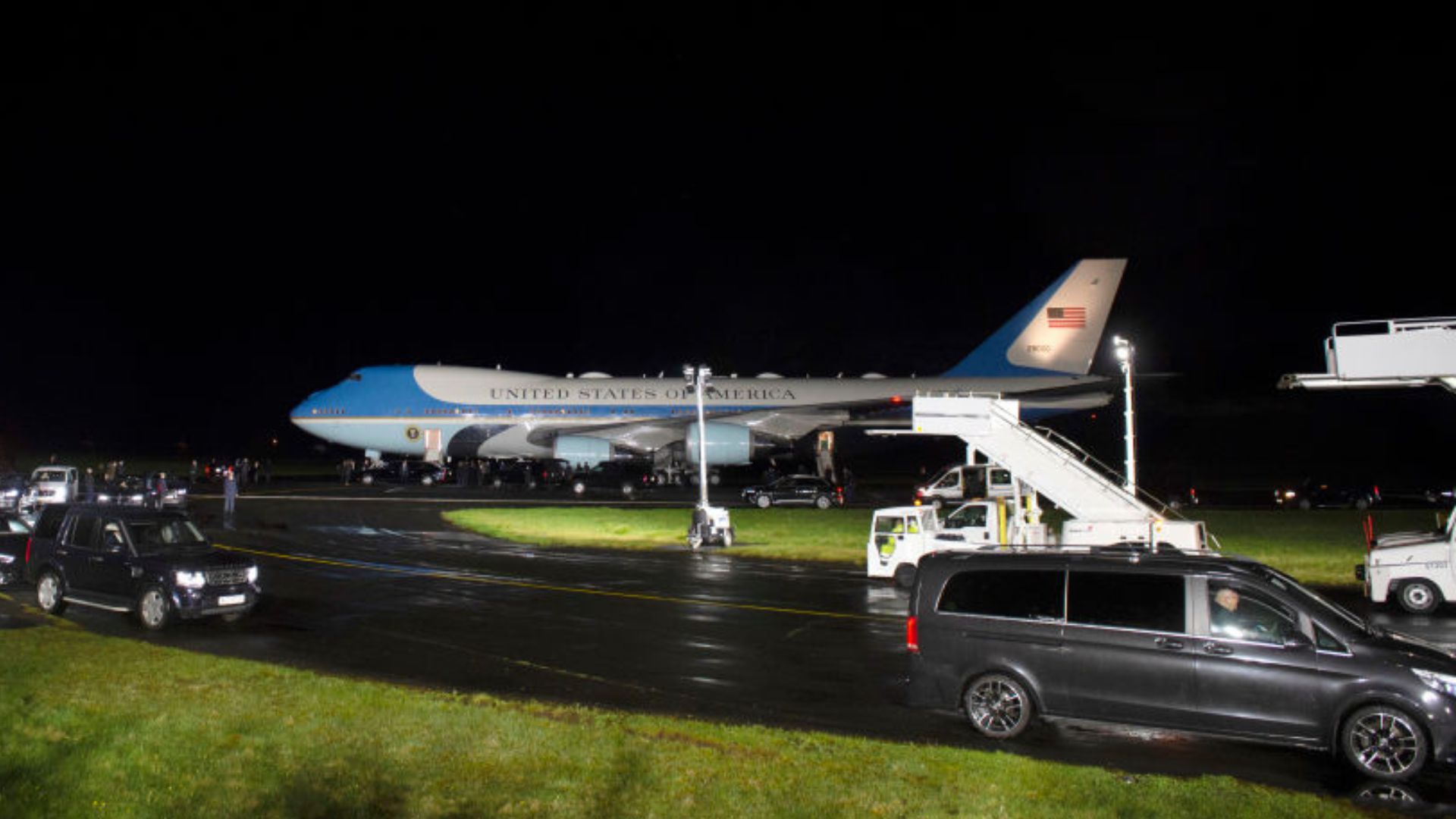
Source: Getty Images
Additionally, the reported net loss reduced substantially from $3.3 billion to a more modest $1.6 billion, indicating potential areas of recovery and future growth.
Boeing's Upcoming Orders and Deliveries
Boeing’s future commitments remain vast.
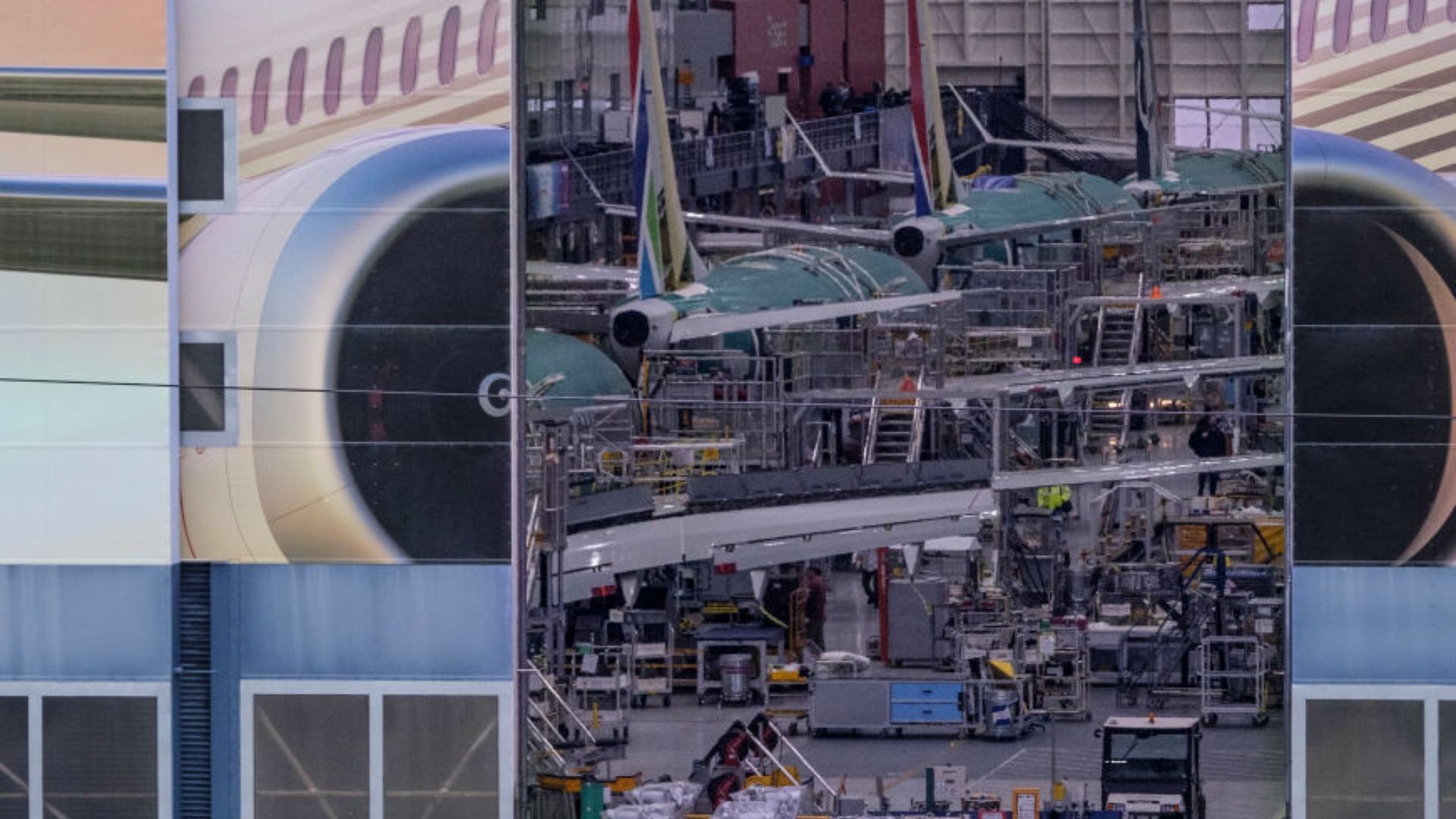
Source: Getty Images
With an order backlog valued at $469 billion and plans to deliver more than 5,100 commercial airplanes, the company gears up for a demanding and eventful future, showcasing its continued significance in the aerospace sector.
